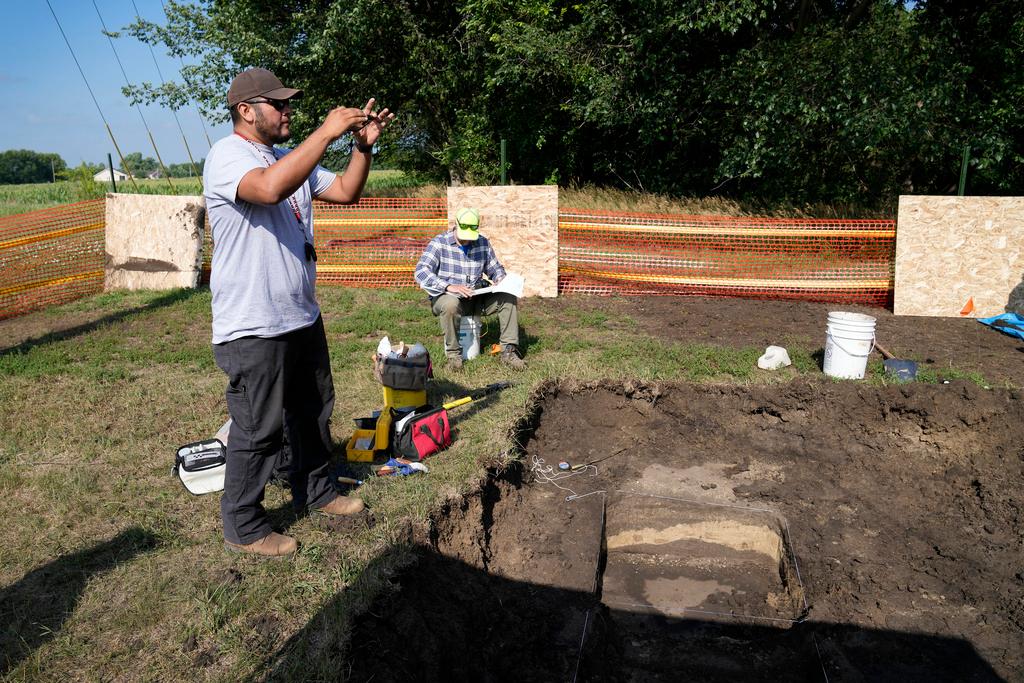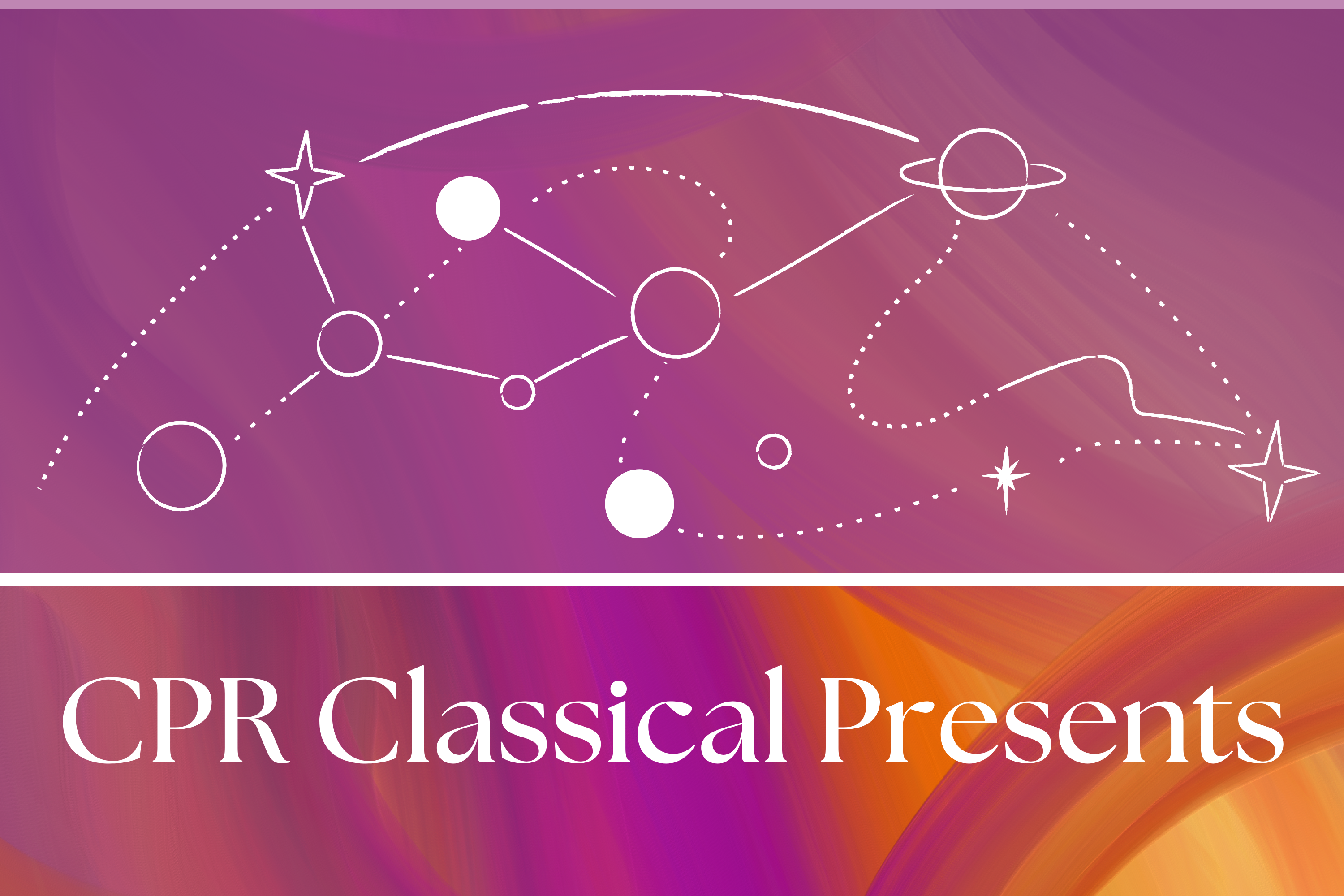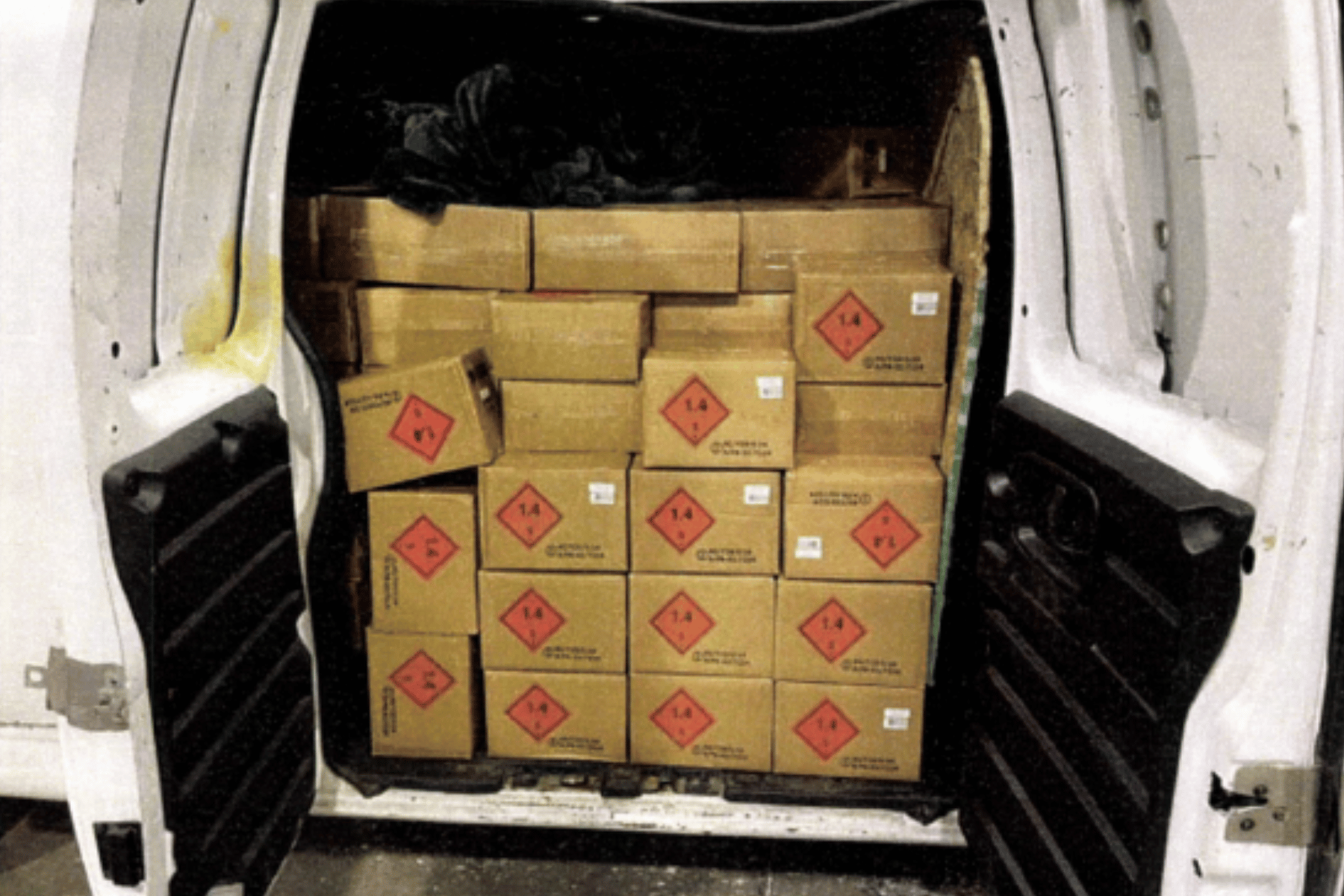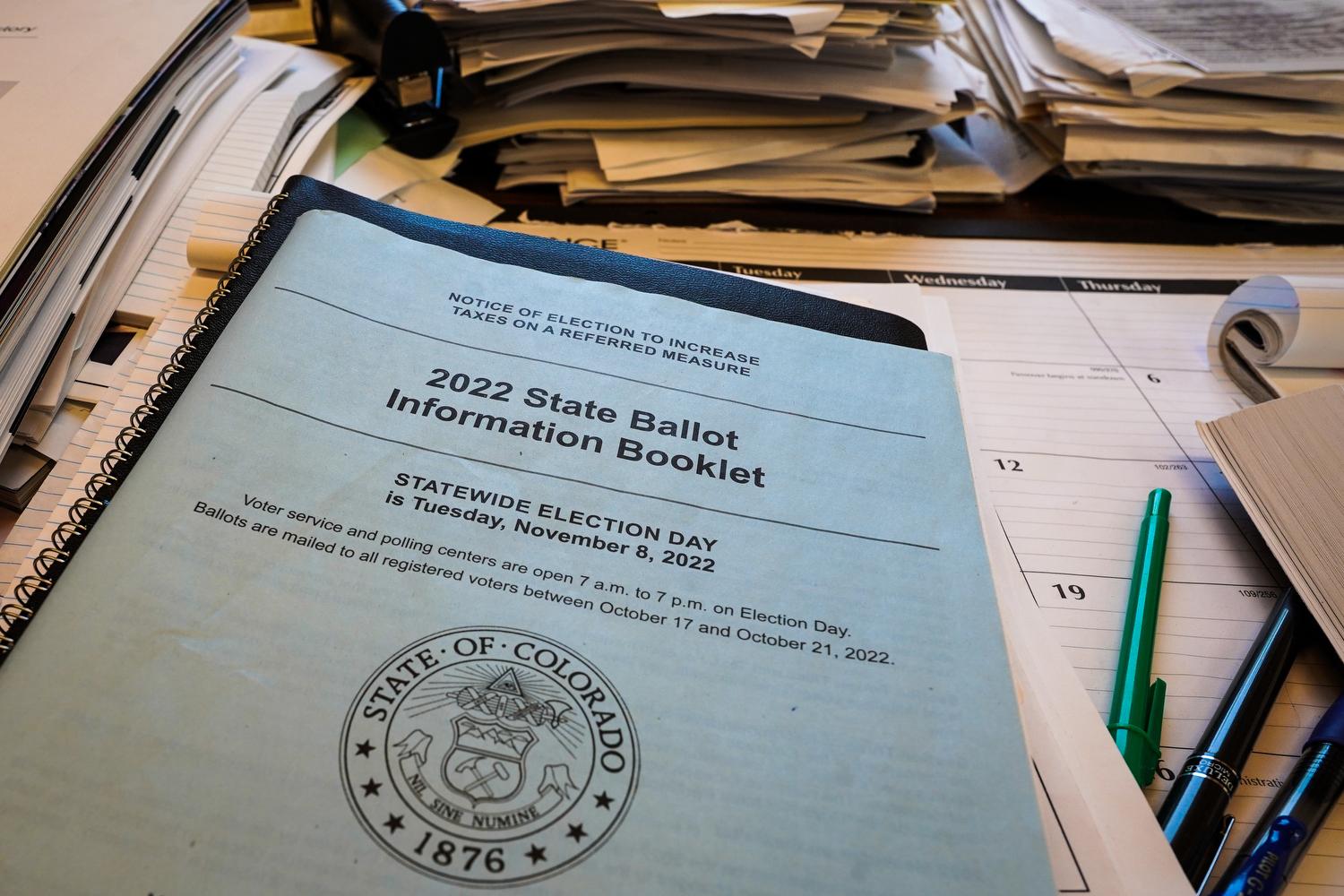
Julia Jackson had checked and re-checked her work — but it’s hard not to feel anxious when your work is about to be mailed to pretty much every household in the state of Colorado.
“It gets harder to see stuff, the more you look at it,” she told a colleague as they flipped through printed proofs together on a weekday morning in August.
They were putting the final touches on the Blue Book, the pre-election government publication that has become a central — and sometimes hotly contested — part of Colorado’s political culture.
Each year, nonpartisan government staffers like Jackson spend months drafting the publication, which provides information about the endless ballot initiatives that go before Colorado voters. In dry but generally straightforward language, the Blue Book has informed decades of Coloradans about everything from property taxes to psychedelic mushrooms.
This year, the state had ordered some 2 million copies of the pamphlet from Publication Printers in south Denver, enough to mail a copy to the household of every active registered voter.
At this late stage, Jackson and her coworkers had their eyes out for the last little details, like a misaligned page number.
“It's just a little further down than the rest of them,” she said after spotting an offending numeral.
But this was just the end of a long process, one that raises a question far bigger than typos and page numbering: In an age of polarization and misinformation, can the government publish something that’s still perceived as neutral?
A very Colorado challenge
The idea for this story originally came from listener Emma Davis, who asked us through Colorado Wonders about how exactly the Blue Book comes to be each election cycle.
“I imagine it is pretty contentious, going back and forth, trying to figure out how to present the issues to the voters,” said the 22-year-old CU Boulder student. “I was just interested in how they figure out the right way to do that.”
The short answer is that non-partisan legislative staffers are responsible for analyzing and summarizing each ballot initiative, a process that starts even before a measure is approved for the ballot.
Their work then goes through a public review process, with proponents and opponents able to send in requests for changes. The draft is revised once or twice based on the feedback, and the final language is reviewed by a panel of state lawmakers — who can vote to make edits, but usually don’t make substantial changes.
That sounds cut and dried, but Davis is right: The creation of the Blue Book is a high-pressure, high-stakes situation. Since it’s sent to every registered voter, the Blue Book has a reach far beyond the typical political campaign. It might be the only analysis a voter sees before they cast a vote about the state’s future.
“The one thing that we learned is people read it,” said Michael Fields, a conservative campaign organizer. He thinks the pamphlet is an overall benefit to the state’s politics, but he’s had his qualms with it over the years.
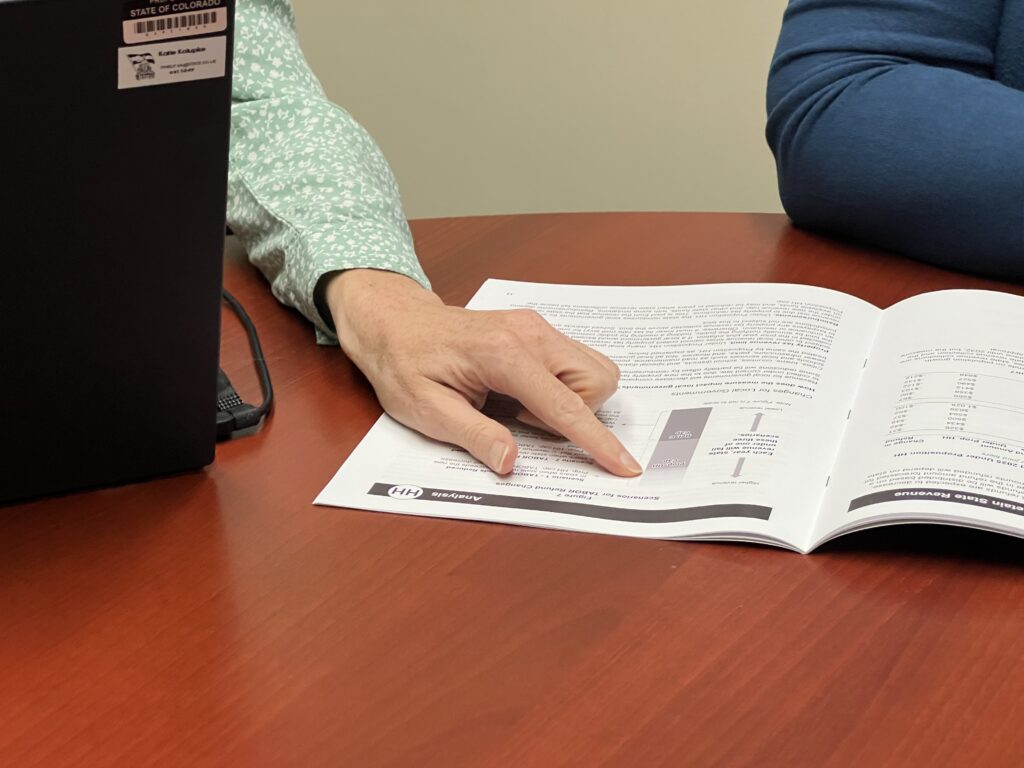
This year, the challenge of writing that neutral language was on full display with Proposition HH, the multi-pronged Democratic tax reform measure. It took a whopping 12 pages to explain all the nuances of it — one of the longest ballot entries staffers could remember — and the results still left conservatives somewhat unhappy. They felt that the document, while factually accurate, hadn’t emphasized some of the tax implications enough.
“It’s a great starting point,” said Senate Minority Leader Paul Lundeen. But, he added: “The Blue Book doesn't have the answers. It doesn't have, in my opinion, deep detailed analysis that is necessary, especially with considering tax policy.”
It’s a particularly Coloradan challenge. Few other states even try to create neutral descriptions of ballot measures. Instead, some simply reprint arguments that are provided by proponents and opponents — with no attempt to offer a truly neutral description.
“The responsibility for listening to stakeholders, researching the issue and developing the arguments, getting feedback on those arguments, is kind of a huge responsibility and something that we take really seriously,” said Cathy Eslinger, research manager for Legislative Council Staff, which produces the Blue Book.
Colorado’s approach is challenging, but it comes with real benefits for the public, argues Wendy Underhill, elections director for the Denver-based National Conference of State Legislatures.
“I'll say Colorado is at the top of states in their ability to communicate, and it is largely because of the Blue Book,” said Underhill.
It wasn’t even blue at first
The first edition of the Blue Book was published in 1954, although it didn’t get that name until the iconic blue cover was added a couple years later.
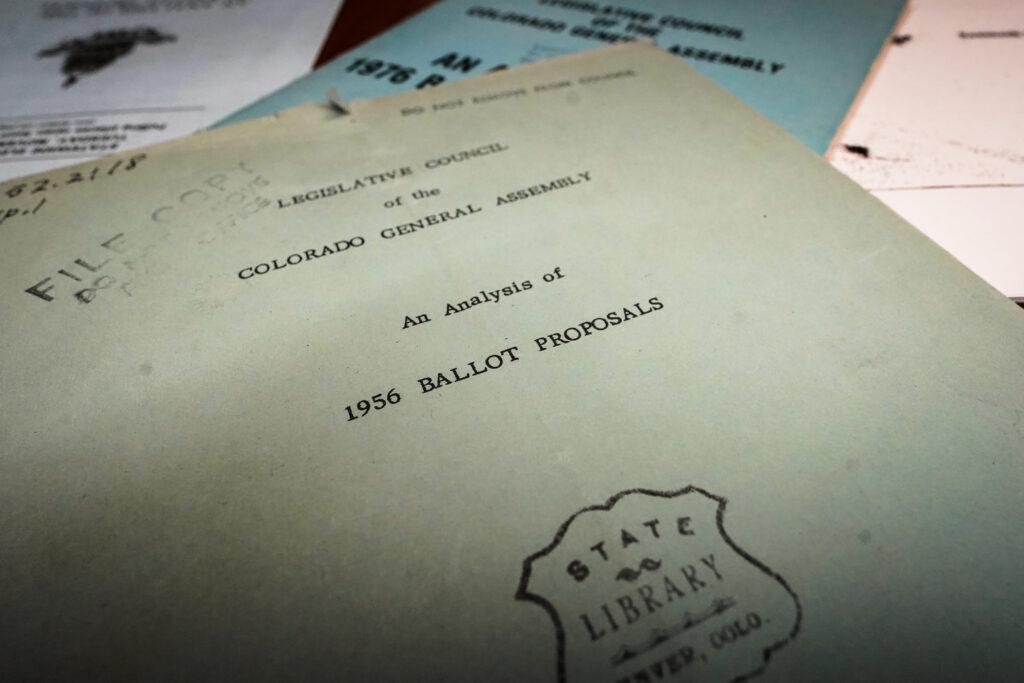
“We have a 1956 booklet here that's in blue,” Eslinger said as she reached into a filing cabinet at the state Capitol. “And I think that was to make it distinguished.”
The Blue Book in those early days had the same mission but a different style.
“A lot of the analysis, especially during the 1970s and ‘80s, was very dense and thorough, and obviously we've had to adapt to reader's needs,” Eslinger said. Early editions were also smaller — more of a booklet to today’s book.
But the biggest change of all?
The Blue Book wasn’t actually mailed out to voters until the mid-1990s. Before then, only a couple hundred thousand copies were printed each year. If you wanted to read one, you could find it at libraries, local government offices, political party outposts and sometimes even grocery stores.
That all changed because of TABOR. Passed in 1992, the new Taxpayer’s Bill of Rights included a requirement that the state mail out pro and con arguments for each ballot measure — with no attempt to create a neutral summary. TABOR supporters argued that the government shouldn’t be taking such an active role in explaining citizens’ initiatives.
That approach worried Democrats and others, who preferred the existing strategy of offering neutral language. So they took the fight back to the ballot box. In 1994, voters approved an amendment that enshrined the Blue Book in the state constitution and ensured that it would now be mailed by the millions. (The amendment passed by a narrow 1-percent margin.)
Today, the Blue Book represents the work of dozens of staffers in a months-long process. This year’s print run totaled 2,094,000 at a cost of just more than $1 million. In some years with longer ballots and longer Blue Books, the total can run more than $3 million.
Revise and revise again
The process starts long before the ballot is finalized.
“We watch it from the very beginning,” Eslinger said. That includes meeting with proponents even as they are still drafting the ballot language.
“We don’t tell proponents how to write the measure. We raise questions for them to consider,” she said. “And then the proponents can take those comments or not.”
Citizens aren’t the only ones who can start initiatives; state lawmakers also can put their own questions on the ballot with a vote of the legislature. Either way, legislative staff have to research and summarize them.

In some years, the ballot is relatively light. The 2023 election will have only two ballot initiatives — largely because TABOR says only certain tax-related questions can run in odd-numbered years. But even years are generally far more intense — the recent record is 14 questions on the ballot for both 2006 and 2008.
No matter their number, each measure goes through the same process. Legislative staffers start by interviewing supporters and opponents and conducting their own research as they write a first draft of the Blue Book language. The booklet is mostly analytical, but also includes a summary of pro and con positions.
That first draft is posted on the internet and emailed to anyone who has expressed interest. The legislative staff then accepts public comment and, with those suggestions in mind, develops a second draft within a couple weeks.
That review and revision process might be repeated again before the final draft is prepared. The goal, according to legislative staff guidelines, is to focus on the “most important points of a measure” in “language a layperson can understand,” while also avoiding “slogan-type language.”
That approach has won the publication some fans in the general public. In one recent year, the staffers got a letter from Nebraska — turns out the sender had moved and missed the Blue Book.
When the politicians get involved…
Often, the biggest controversies around the Blue Book surface at one of the final stages in its creation. After the nonpartisan staff finish their draft — well, that’s when the politicians get their say.
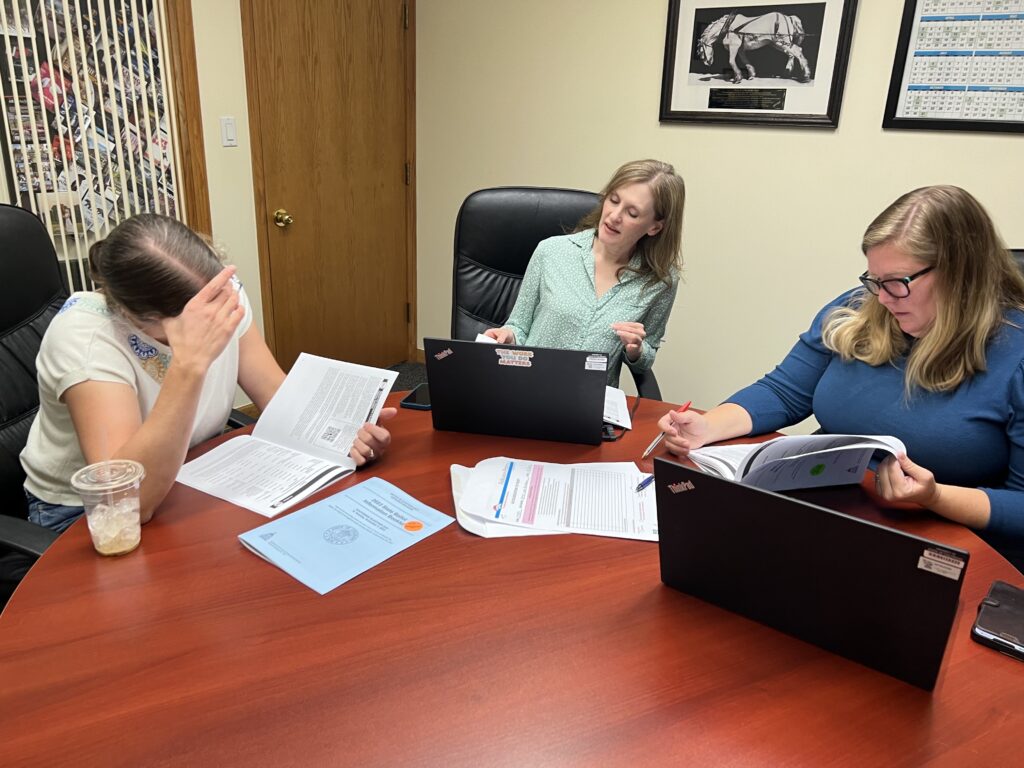
The legislature’s Legislative Council committee, a panel of both representatives and senators that reflects the political makeup of each chamber, gets the final review of the language. And if a supermajority wants, they can make revisions to the final language of the book.
In 2020, politicians made substantial edits to how the Blue Book described Amendment B, the successful effort to repeal the so-called Gallagher limits on property taxes. The proposal had been placed on the ballot with bipartisan support from lawmakers.
“I think one of the most unfair things is that the legislature has a say in it when they're putting stuff on the ballot. So it's like they're the cops on it, but they're the ones pushing that measure in the first place,” Fields said. “It doesn't happen that often where they’ve changed stuff, but it was a big deal when it happened in the Gallagher repeal.”
This year, conservatives had the opposite complaint: The lawmakers on the panel refused to make changes requested by Republicans.
For example, the Blue Book says Prop. HH “lowers” the amount of property taxes that will be owed, which is true, at least compared to what they would pay under the current tax rates.
But conservatives argued it would be more fair to say that it “potentially reduces the increase” in taxes, since even with lower rates, many people’s tax bills will still go up due to a hot property market.
A subtle distinction? Sure. But conservatives said it’s an example where the framing of an issue can shape how it’s perceived by readers.
“We owe it to the people of Colorado to bring the breadth, the substance of the conversation to page one,” said Lundeen, the Senate minority leader, at the hearing.
Despite his complaints, Lundeen sees the Blue Book as an asset. The Republican wishes that Colorado didn’t rely so heavily on direct democracy. But if we’re going to have all these ballot measures, he said, it probably helps to try to provide neutral information to voters.
“It's a great starting point. I believe it does that well, and then you really need to dig in. You really need to do the research,” he said.
One last signature
Wendy Underhill, of NCSL, thinks that the Blue Book is exemplary — she gets excited when hers arrives in the mail each election season. But she says there’s still a big question: Will a printed pamphlet be the right answer forever?
“If you're a young person who just moved into your new apartment, you might not be even checking your mailbox,” she said. “So is getting a Blue Book mailed to you a good way to get information out? It depends on who you are.”
The legislative staffers are already thinking about that question of the best way to reach people. The Blue Book has been published online for years, as well as in Spanish.
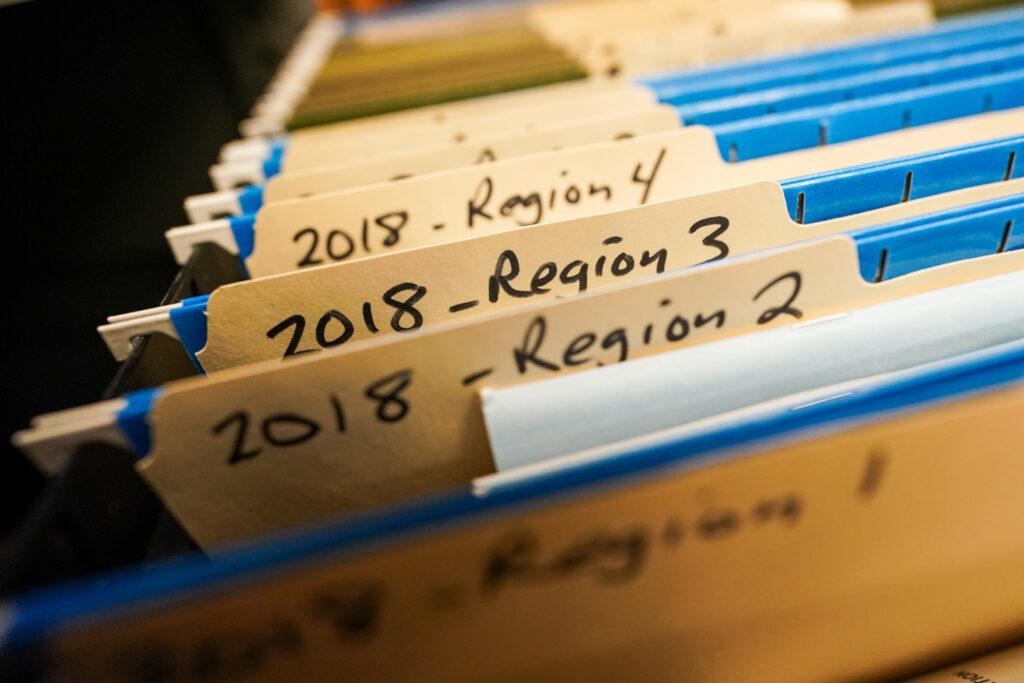
It’s also edging into the digital age: This year, it includes its first-ever QR code. Readers who scan it can use their smartphones to easily navigate to an online calculator that will estimate their individual tax impacts from Prop. HH.
Back at the publisher’s office, the legislative staffers used their phones to confirm one last time that the QR link was working. It was. They took a final look over the gradients in the charts and the spacing of the copy. They opened the folder with the authorization forms that would set this much-debated and revised language in stone.
“Are we ready to let go?” Jackson asked. They were. They signed the forms and let out a cheer. “Our work is done,” proclaimed her colleague Erin Reynolds.
Soon after, the presses would start running, the booklets would be bound, the mail trucks would be loaded — and, in a sense, the election would truly be underway.
Editor's note: This headline has been updated for clarity. A previous headline referred to the number of voters sent a Blue Book rather than the number of homes.

